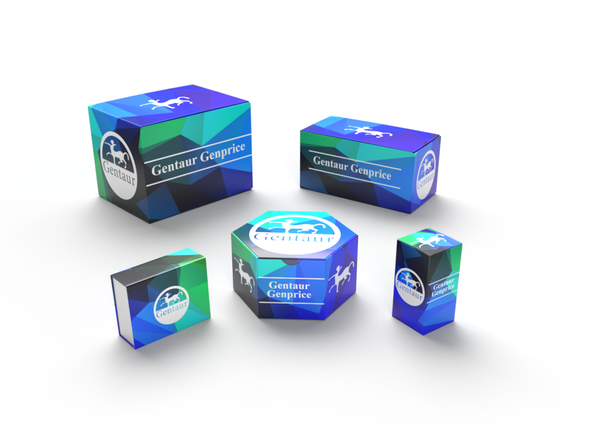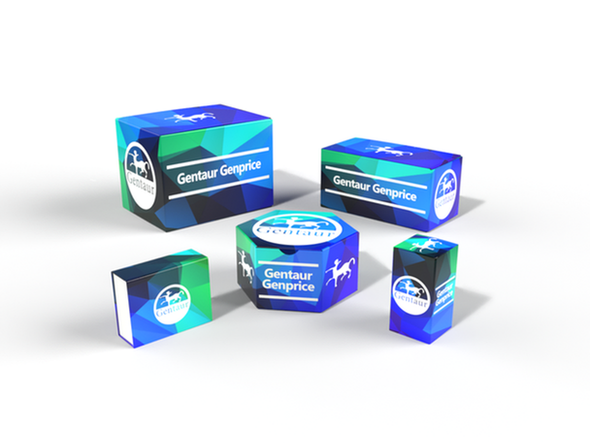710
Anti- DIS3 Antibody | FNab02394
- SKU:
- 710-FNab02394-GEN
- Availability:
- In Stock - Delivery within a week
Description
Anti- DIS3 Antibody | FNab02394 | Gentaur UK, US & Europe Distribution
Form: liquid
Purification: Immunogen affinity purified
Purity: ≥95% as determined by SDS-PAGE
Host: Rabbit
Clonality: polyclonal
Clone ID: N/A
Isotype: IgG
Storage: PBS with 0.02% sodium azide and 50% glycerol pH 7.3, -20℃ for 12 months (Avoid repeated freeze / thaw cycles.)
Background: Putative catalytic component of the RNA exosome complex which has 3'->5' exoribonuclease activity and participates in a multitude of cellular RNA processing and degradation events. In the nucleus, the RNA exosome complex is involved in proper maturation of stable RNA species such as rRNA, snRNA and snoRNA, in the elimination of RNA processing by-products and non-coding 'pervasive' transcripts, such as antisense RNA species and promoter-upstream transcripts (PROMPTs), and of mRNAs with processing defects, thereby limiting or excluding their export to the cytoplasm. The RNA exosome may be involved in Ig class switch recombination (CSR) and/or Ig variable region somatic hypermutation (SHM) by targeting AICDA deamination activity to transcribed dsDNA substrates. In the cytoplasm, the RNA exosome complex is involved in general mRNA turnover and specifically degrades inherently unstable mRNAs containing AU-rich elements (AREs) within their 3' untranslated regions, and in RNA surveillance pathways, preventing translation of aberrant mRNAs. It seems to be involved in degradation of histone mRNA. DIS3 has both 3'-5' exonuclease and endonuclease activities.
Immunogen: DIS3 mitotic control homolog (S. cerevisiae)
synonyms: KIAA1008, RRP44
Molecular weight (observed) : 110 kDa
Reactivity Species: Human, Mouse, Rat
Tested Application: ELISA, WB, IF, FC
Recomended Dillution : WB: 1:500-1:2000; IHC: 1:20-1:200
Research Area: Cell Division and Proliferation, Metabolism










